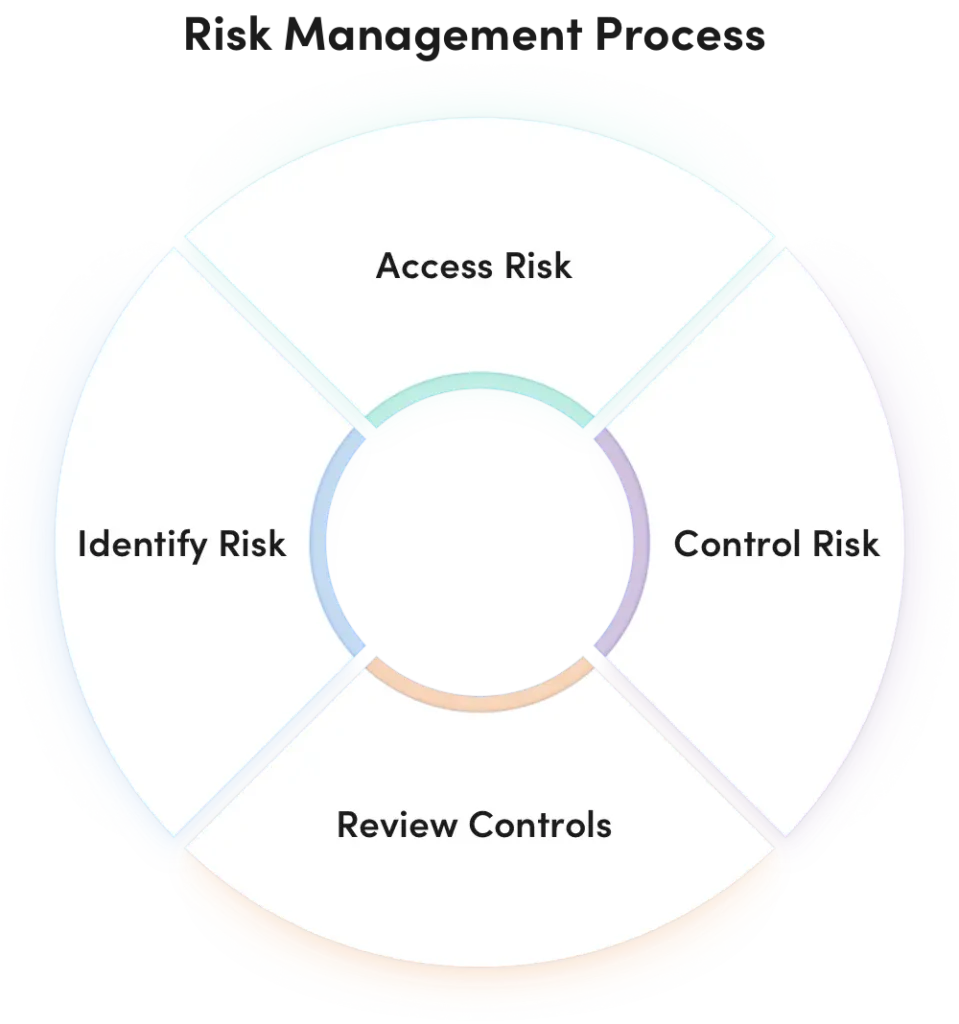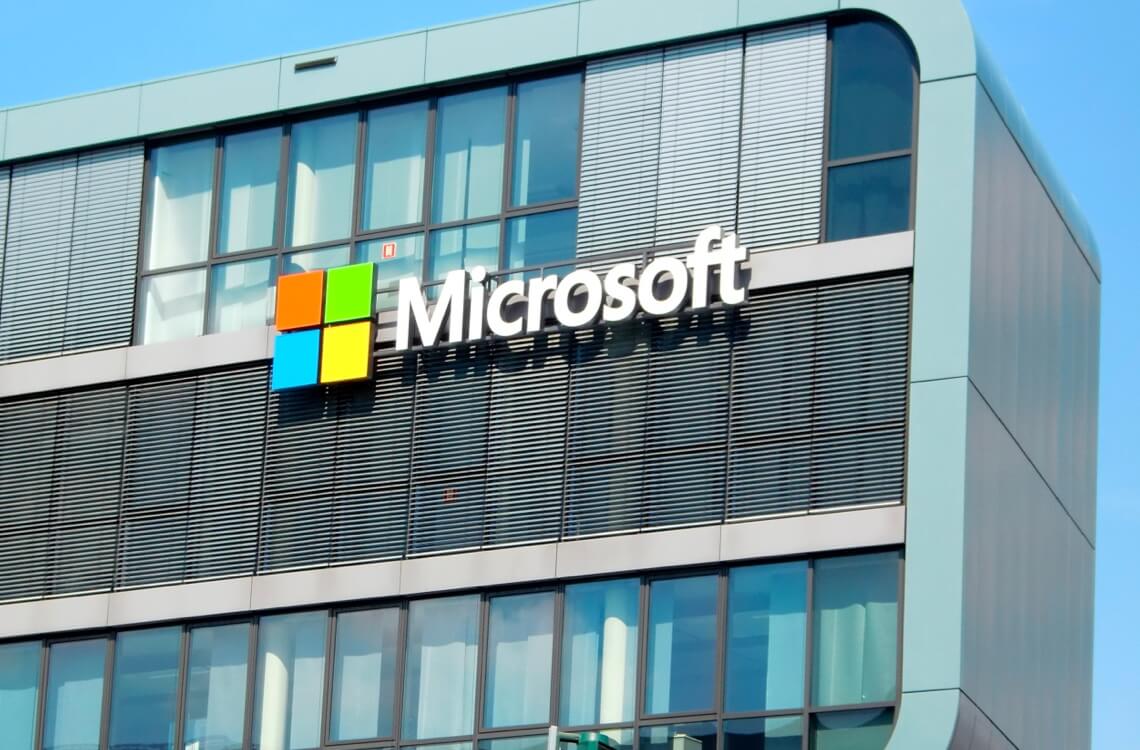Did you know that, according to a recent study, 68% of organizations experience a cyberattack every year? The cost of these attacks can be devastating, both financially and reputationally. Fortunately, there’s a way to significantly reduce your risk of becoming a victim. Cyber risk management frameworks provide organizations with a proven approach to identifying, preventing, and responding to cyber threats. These frameworks offer a structured methodology to assess vulnerabilities, implement safeguards, and ensure a robust cybersecurity posture.
What is a Cyber Risk Management Framework?
Most organizations face a relentless barrage of cyber threats on a daily basis – data breaches, ransomware, and malware to name a few. A cyber risk management framework can help guide you through the complex threat landscape by acting as a set of rules on how to properly measure, monitor, and mitigate cyber risk. It serves as a universal language and easily referenced benchmark for cybersecurity professionals, allowing them to quickly determine the relative strength of both their own and their vendor’s security posture. With a cyber risk management framework in place, your business can build a robust defense system and avoid becoming the next victim of a cyber attack.

Let’s explore 13 popular frameworks:
- NIST
- ISO/IEC 27001
- CIS Controls
- COBIT
- PCI DSS
- HIPPA
- SOC 2
- GDPR
- FISMA
- MITRE ATT&CK®
- CCM
- CMMI
- NERC-CIP
1. NIST (US National Institute of Standards and Technology): This framework represents a cutting-edge approach to assessing cybersecurity maturity and managing cyber risk. As of its most recent update, it now features six core functions: Identify, Protect, Detect, Respond, Recover, and Govern. This framework takes a wider swing, targeting a broader range of organizations and placing cybersecurity governance at the forefront.
2. ISO/IEC 27001 (Information security, cybersecurity and privacy protection — Information security management systems): Recognized worldwide, this framework provides a standardized approach for organizations to establish and maintain a robust Information Security Management System (ISMS).
3. CIS Controls (Center of Internet Security): A set of 18 prioritized actions to protect organizations and data from known cyber-attack vectors, developed by the Center for Internet Security.
4. COBIT (Control Objectives for Information and Related Technology): A framework for the governance and management of enterprise IT, created by the Information Systems Audit and Control Association (ISACA) to bridge the gap between technical issues, business risks, and control requirements.
5. PCI DSS (Payment Card Industry Data Security Standard): A set of security standards designed to ensure that all companies that accept, process, store, or transmit credit card information maintain a secure environment.
6. HIPAA (Health Insurance Portability and Accountability Act): U.S. legislation that provides data privacy and security provisions for safeguarding medical information, particularly relevant to healthcare organizations.
7. SOC 2 (Service Organization Control Type 2): An auditing procedure that ensures service providers securely manage data to protect the interests and privacy of their clients.
8. GDPR (General Data Protection Regulation): European Union regulation on data protection and privacy, which also addresses the transfer of personal data outside the EU and EEA areas.
9. FISMA (Federal Information Security Management Act): A comprehensive framework for protecting federal government information and systems, also applicable to third parties working with federal agencies.
10. MITRE ATT&CK® (MITRE Adversarial Tactics, Techniques, and Common Knowledge): This framework equips organizations with a simulated adversary playbook – a detailed matrix of tactics, techniques, and procedures (TTPs) used by real-world attackers – to help them proactively defend against specific threats.
11. CCM (Cloud Controls Matrix): Tailored for the cloud environment, the Cloud Controls Matrix, developed by the Cloud Security Alliance, offers a comprehensive framework for managing security across 17 critical domains.
12. CMMI (Capability Maturity Model Integration): Developed by ISACA, this framework goes beyond basic security – it empowers organizations to continuously improve and optimize their overall security posture across various business domains.
13. NERC-CIP (North American Electric Reliability Corporation (NERC) Critical Infrastructure Protection): Tackles cyber threats to U.S. critical infrastructure, addressing both direct attacks and third-party vulnerabilities.
Integrate Risk Management Models in Your Business
Cybersecurity frameworks are your key to future-proofing your organization. They serve as a practical, and often required, basis for addingcyber risk management services to your organization’s digital security and third-party threat mitigation strategies. Using a cyber risk management framework as a reference, security professionals can rapidly identify your business’s greatest risks and swiftly identify best practices for mitigating them. The choice of framework depends on your organization’s specific industry, regulatory requirements, and risk landscape.
Want to learn more about how D2 Cybersecurity can help protect your organization? Have questions about any of these frameworks? Contact us or schedule a meeting today, and let’s work together to enhance your cybersecurity!



